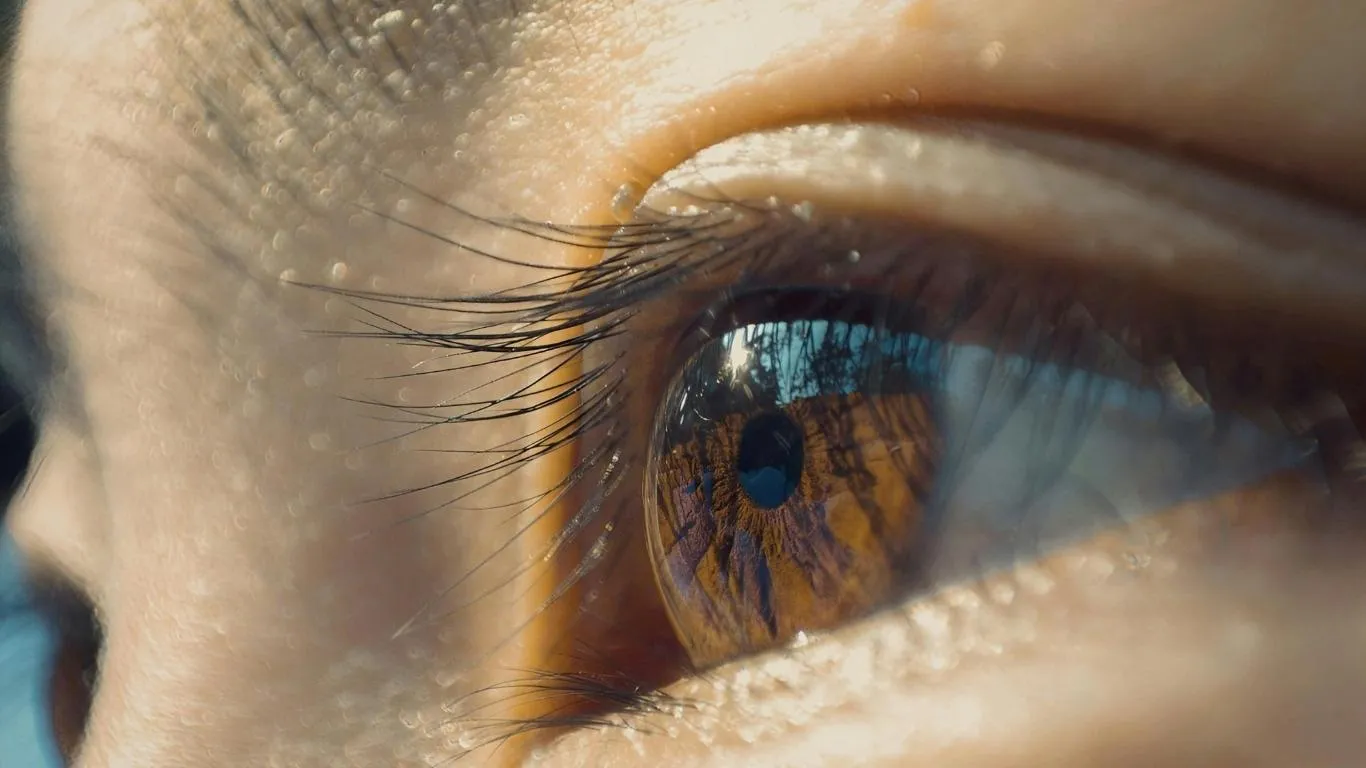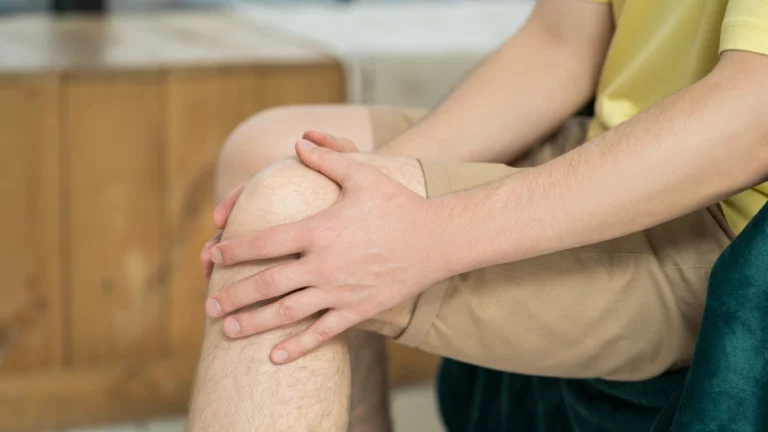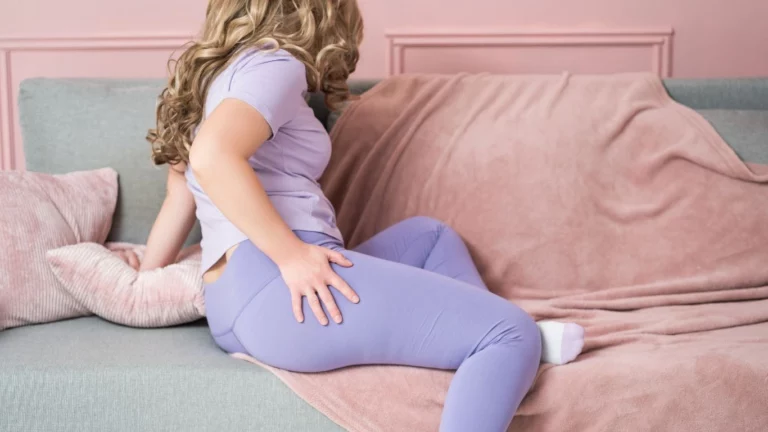Why Floaters That Worsen After Eye Massage Shouldn’t Be Ignored
If you’ve ever gently massaged your eyes to relieve strain or fatigue—especially after a long day staring at screens—you’re not alone. I used to do it too. But one evening, after a particularly exhausting day and an aggressive eye rub, I noticed something different: tiny specks drifting across my vision like dust caught in sunlight. At first, I brushed it off. But when they didn’t fade, I couldn’t ignore it anymore. Turns out, those “harmless” floaters can actually worsen after eye massage—and I’m far from the only one who’s been caught off guard by this.
Why Eye Floaters Seem to Worsen After Eye Massage

Let’s break this down. Eye floaters are those little squiggly or cobweb-like shapes that float across your vision. They’re caused by clumps of collagen in the vitreous humor—the gel-like substance in the back of your eye. And while they’re usually benign, massaging or rubbing your eyes can disturb the vitreous and make floaters more noticeable or even trigger new ones.
The Physical Impact of Pressure
When you apply pressure to your eyeball—like during an eye massage—you’re literally compressing the globe. This pressure can cause the vitreous to tug on the retina or shift slightly, disturbing any loose collagen fibers. This movement is what makes floaters appear to increase or shift position after a massage.
In some cases, this manipulation might even contribute to worsening floaters due to repeated eye rubbing. And yes, I learned that the hard way. It’s incredibly tempting to rub your eyes when they’re tired or dry—but it could cost you in the long run.
Floaters and Vitreous Syneresis
Another reason why floaters might suddenly become more apparent is something called vitreous syneresis. It’s a normal part of aging, but certain habits—like massage—can accelerate it. When the vitreous begins to liquefy and separate from the retina, floaters often increase. If you’re already dealing with this natural process, physical agitation only speeds things up. Learn more about this mechanism in this detailed explainer.
When Is It a Sign of Something More Serious?
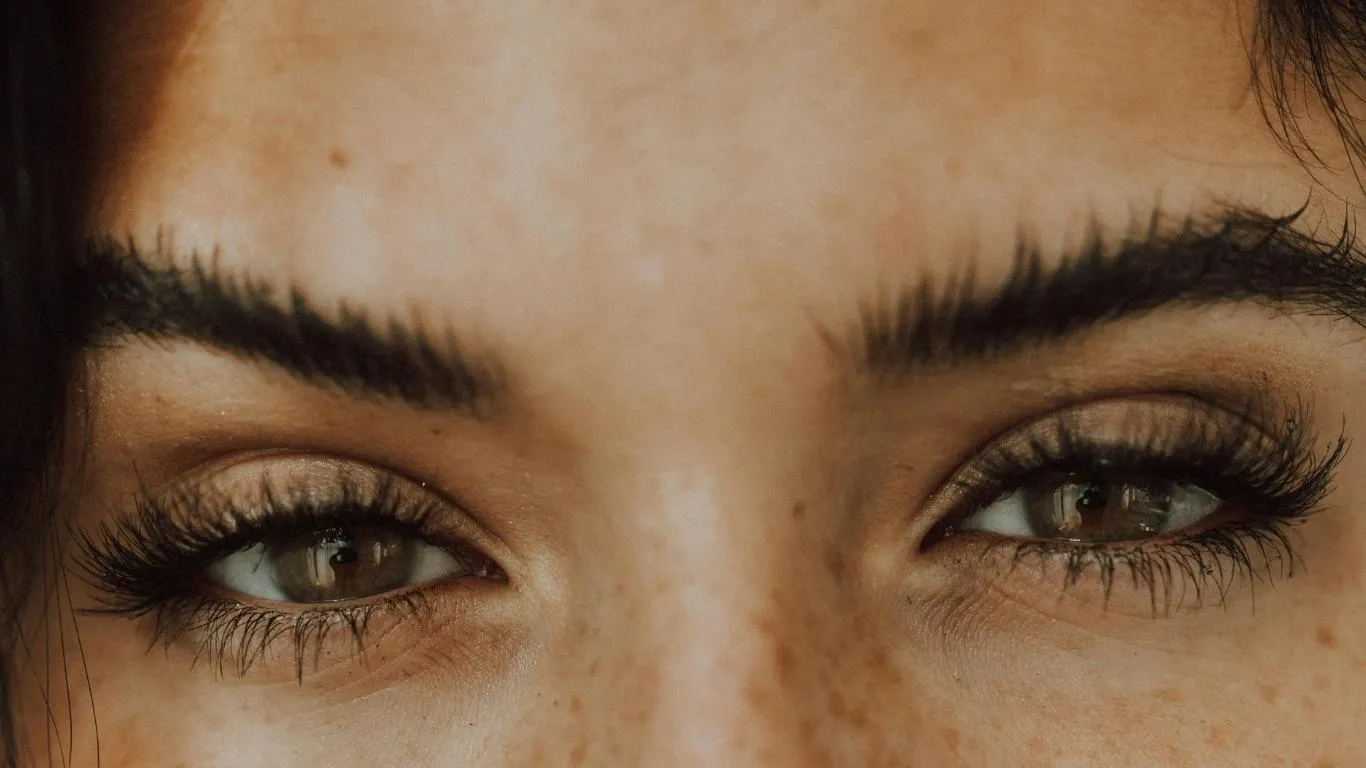
If you notice a sudden burst of floaters after pressing or massaging your eyes, don’t panic—but don’t ignore it either. While most floaters are harmless, there are times they indicate something more serious, like a retinal tear or detachment. These situations require immediate medical attention. I always recommend playing it safe. When in doubt, call your eye doctor.
Check out the signs explained in this article about floaters and curtain vision. It’s not just floaters—things like flashes of light, vision dimming, or a shadow creeping across your sight can signal a real emergency.
Posterior Vitreous Detachment: A Common Culprit
Many adults over 40 will eventually deal with something called posterior vitreous detachment (PVD). Massaging the eyes might not cause PVD, but it can certainly exacerbate the symptoms if the process has already begun. I experienced this myself after noticing more floaters post-massage—my optometrist confirmed early-stage PVD.
Why We Massage Our Eyes in the First Place
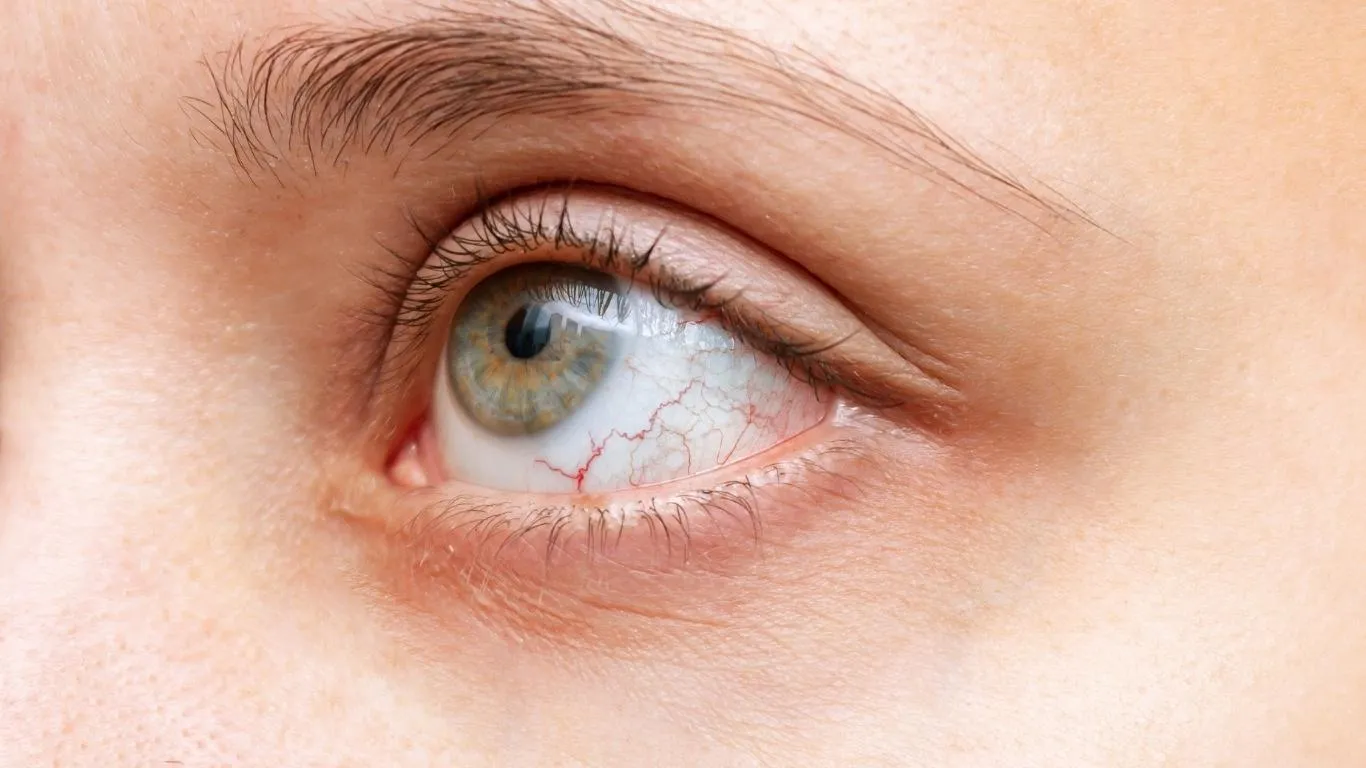
We do it for relief. After all, eye fatigue from screen time is real. You feel that dull ache behind your eyes and instinctively rub them. But there are safer ways to relieve that discomfort without triggering floaters. Here’s what has worked for me:
- Cold compresses: Reduce inflammation and provide instant relief.
- Artificial tears: Help with dryness and eye irritation without physical manipulation.
- Palming: Gently cupping your eyes with warm hands—no pressure applied.
Instead of rubbing your eyes into oblivion, I highly recommend switching to these gentler alternatives. Trust me—your vitreous will thank you.
Are Certain People More at Risk?
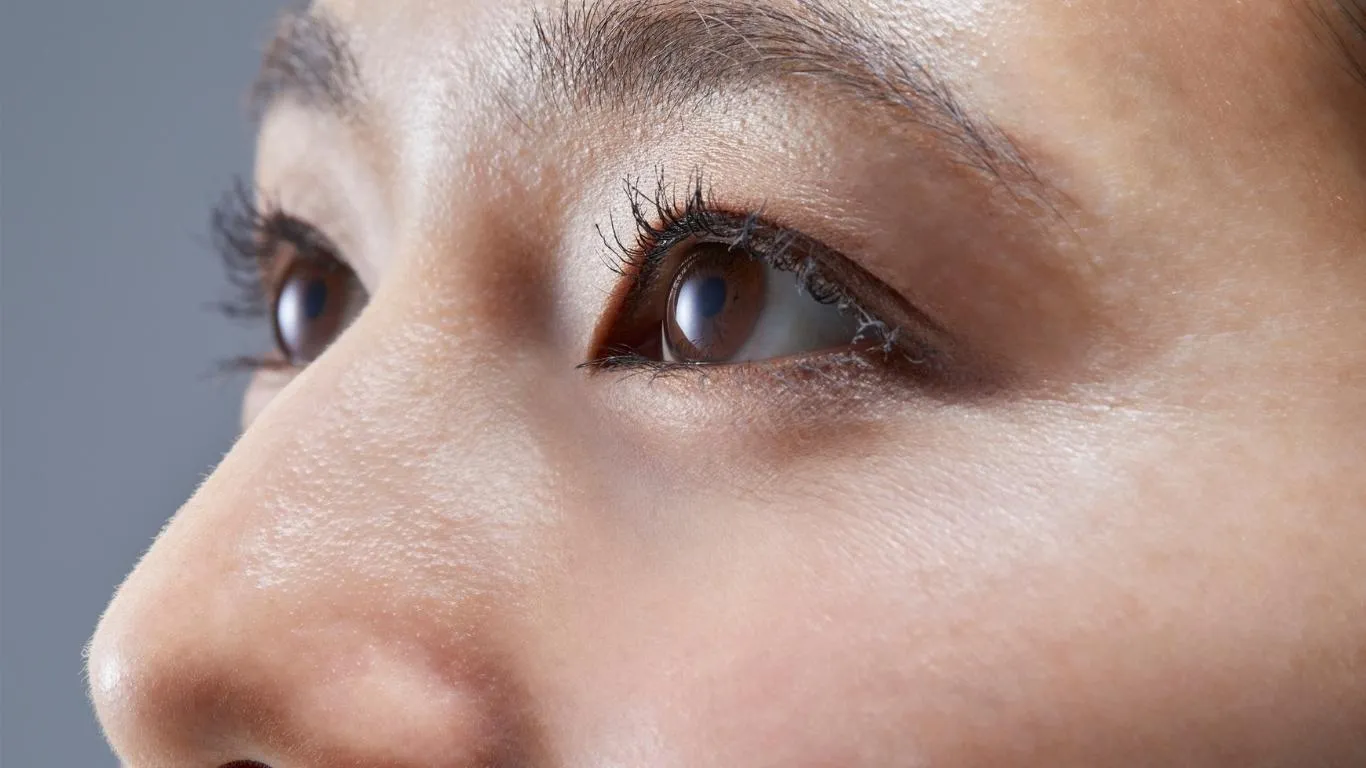
Short answer: yes. I’m mildly nearsighted, and according to my ophthalmologist, that alone increases my risk of floaters. If you’re over 40, nearsighted, or have a history of diabetes, eye trauma, or even recent eye surgery, massaging your eyes could amplify floaters dramatically.
There’s even a genetic link in some cases. Read more in this article on hereditary eye floaters. And let’s not forget hormonal fluctuations, particularly during pregnancy or menopause, which can increase vitreous instability.
Safe Practices to Prevent Floaters From Getting Worse
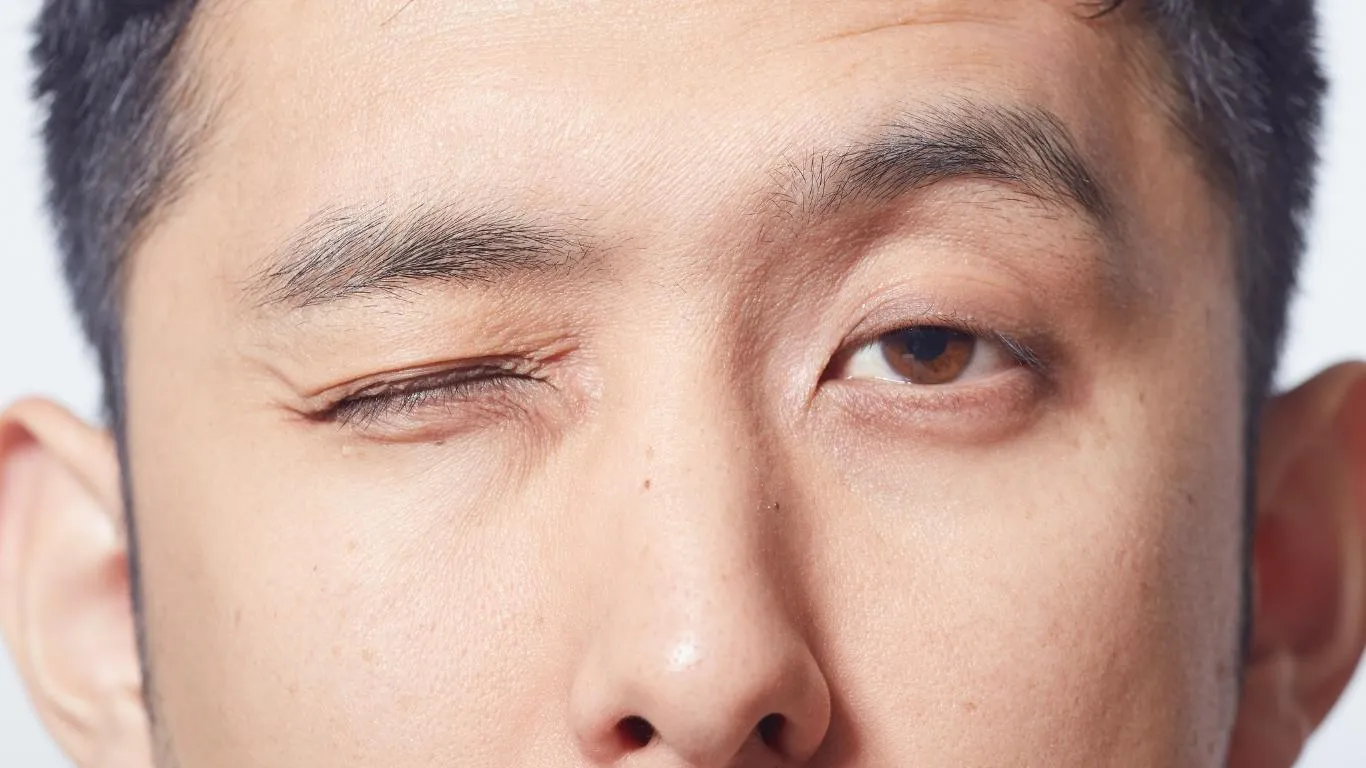
- Avoid unnecessary pressure: Skip the massages, no matter how soothing they feel.
- Use protective eyewear: Especially during sports or physical activities.
- Stay hydrated: Dehydration can worsen floaters. You can learn more here.
- Routine eye exams: Regular checkups help catch problems before they escalate.
Keeping your eyes healthy isn’t just about glasses and screens—it’s about the little habits too. A minor lifestyle change, like quitting eye massages, might save you years of visual discomfort.
To dive deeper into floaters and related vision issues, the eye floater treatment guide is a must-read. And for a comprehensive overview of what floaters really are and what they mean for your eye health, I recommend checking this detailed pillar resource: What Are Eye Floaters?
Can Eye Massage Trigger New Floaters Permanently?
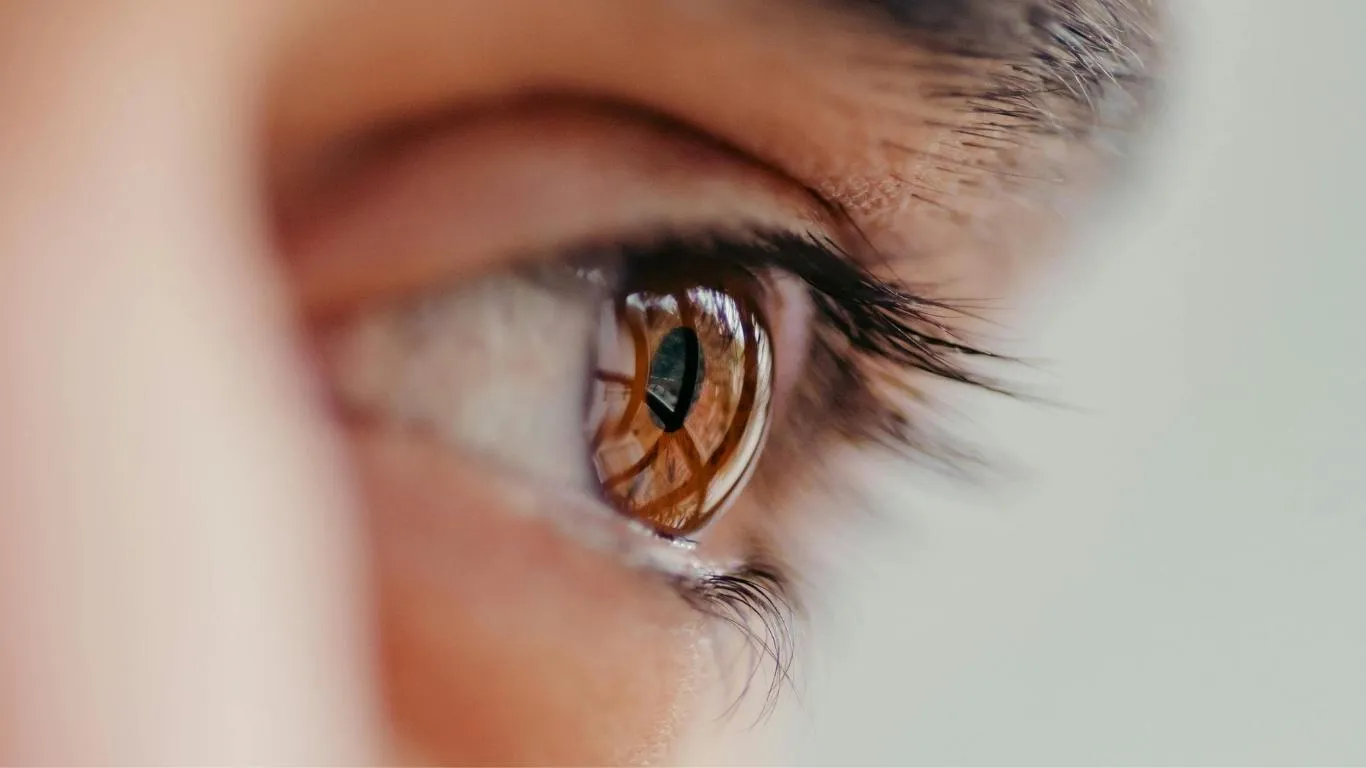
This question haunted me after noticing those persistent specks in my vision. The truth? In some cases, yes—those floaters may never fully disappear. When you massage your eyes too hard, especially if your vitreous gel is already deteriorating due to age or myopia, the movement can speed up a condition like vitreous detachment. That’s not something that reverses overnight.
What made things more unsettling was realizing that even a minor trauma or excessive massage could set off this chain reaction in susceptible eyes. Floaters that result from structural changes in the vitreous or retina tend to stick around longer, if not permanently.
Will They Ever Fade or Settle Down?
Some floaters do “settle” at the bottom of your visual field where they’re less noticeable. But in my case—and many others I’ve spoken with—they didn’t vanish entirely. Over time, my brain learned to ignore them. It’s weirdly fascinating how the mind adapts, but that adaptation depends on floater size, density, and location.
One friend who developed floaters after cataract surgery also noticed them increase after unintentionally rubbing their eyes post-surgery. That brings us to a major point…
Post-Surgery Massage Can Be Especially Risky
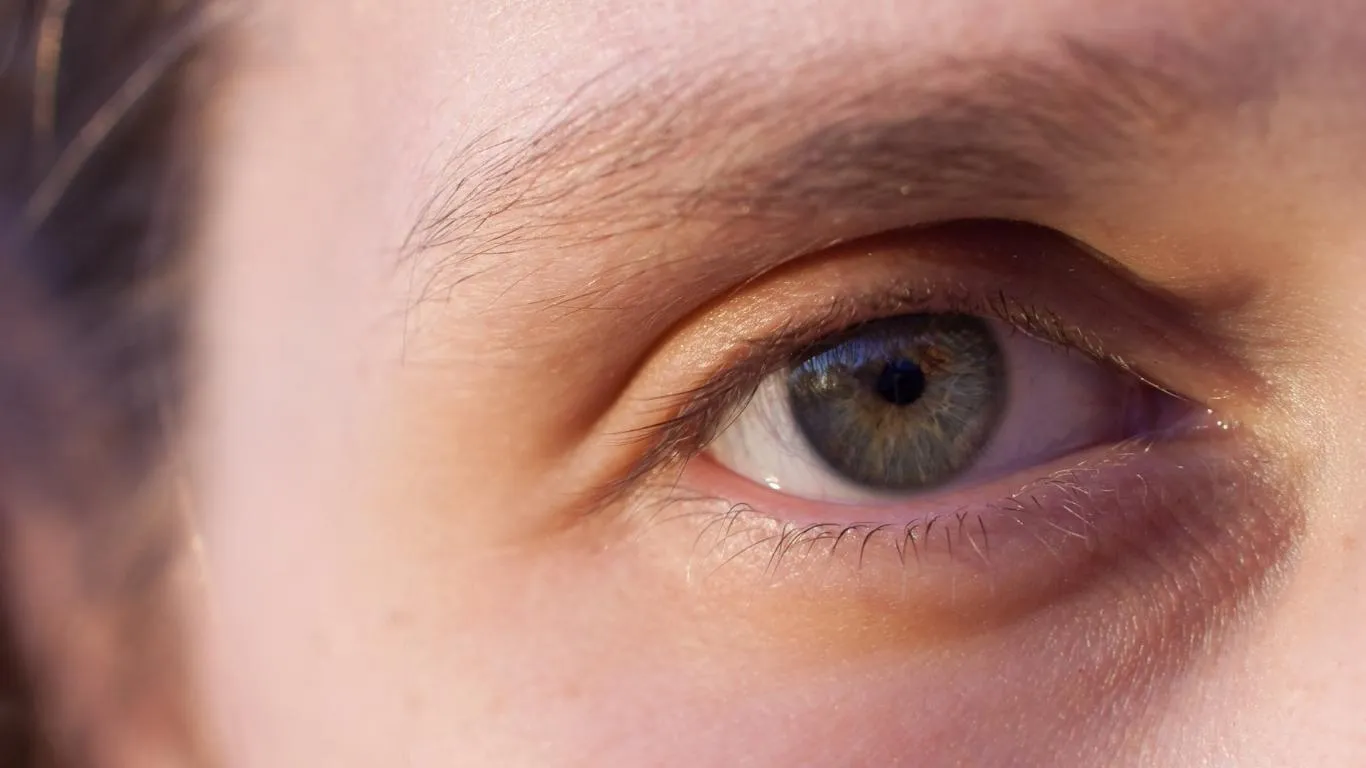
If you’ve had LASIK, cataract removal, or retinal procedures, touching or massaging your eyes—no matter how gently—can cause complications. Floaters are among the top complaints after such procedures. This makes sense when you read up on how cataract debris or LASIK-triggered floaters often manifest weeks after surgery.
Doctors often caution patients not to rub their eyes during the healing phase—but even afterward, repeated pressure might jostle sensitive internal structures and dislodge cells, contributing to the visual clutter we know as floaters.
Hormonal Changes Make It Worse
Women going through menopause or pregnancy are at higher risk of worsened floaters due to changes in collagen and eye fluid composition. If you’re in one of these stages and experiencing post-massage flare-ups, this article on hormonal floaters is a must-read.
Managing the Visual Disruption
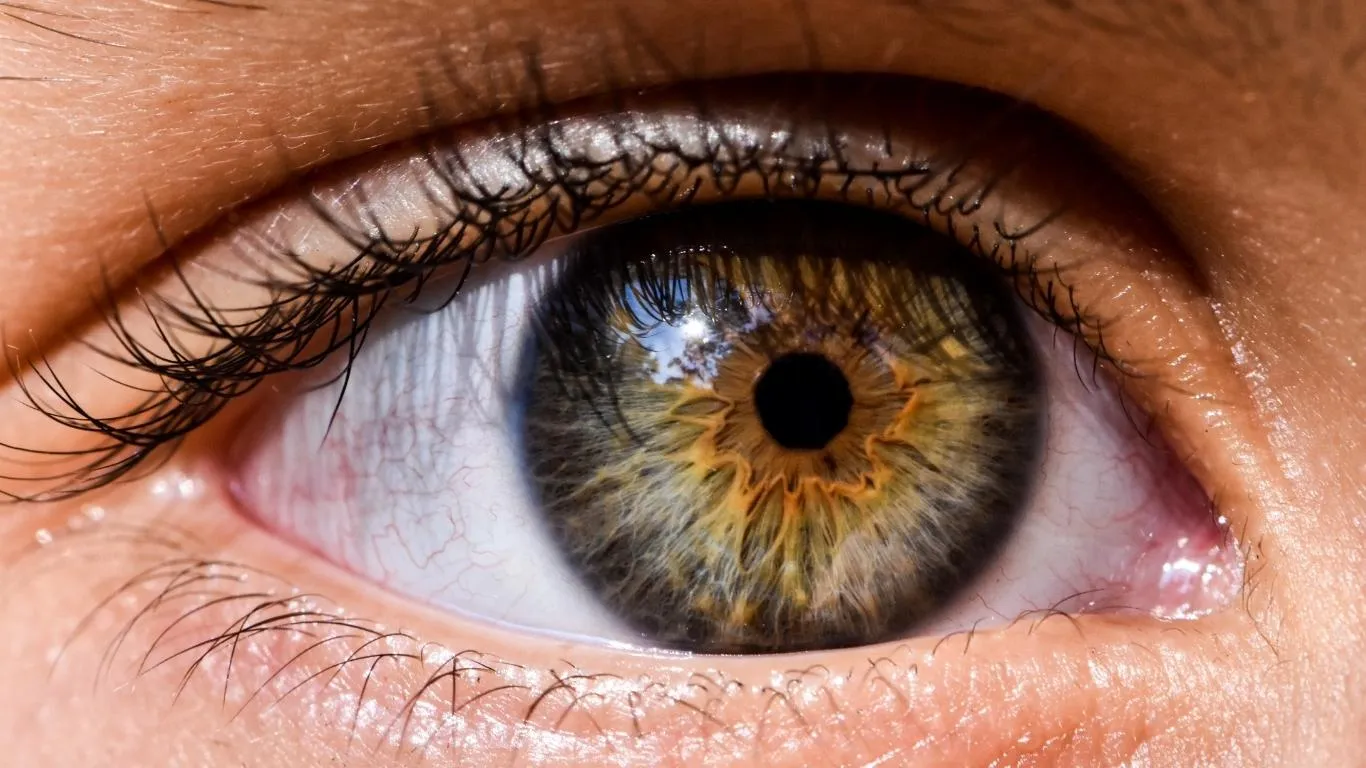
I had to adapt. At first, I panicked over the constant movement in my line of sight. Driving, reading, even relaxing on my phone felt frustrating. Here’s what helped me cope and reduce their dominance in daily life:
- Background control: Floaters are most visible against white backgrounds. I use darker screen modes and wear sunglasses on sunny days.
- Eye movement exercises: Some gentle ocular mobility routines can help shift floaters away from your central vision.
- Supplement support: I started including more lutein-rich foods and collagen-supporting vitamins. It didn’t “cure” them, but I noticed fewer new floaters over time.
Also, I track any changes using a visual log journal. If one floater suddenly morphs or more appear, I have a written record. This helps during doctor visits and keeps me from obsessing over normal fluctuations.
When to Take Floaters Seriously
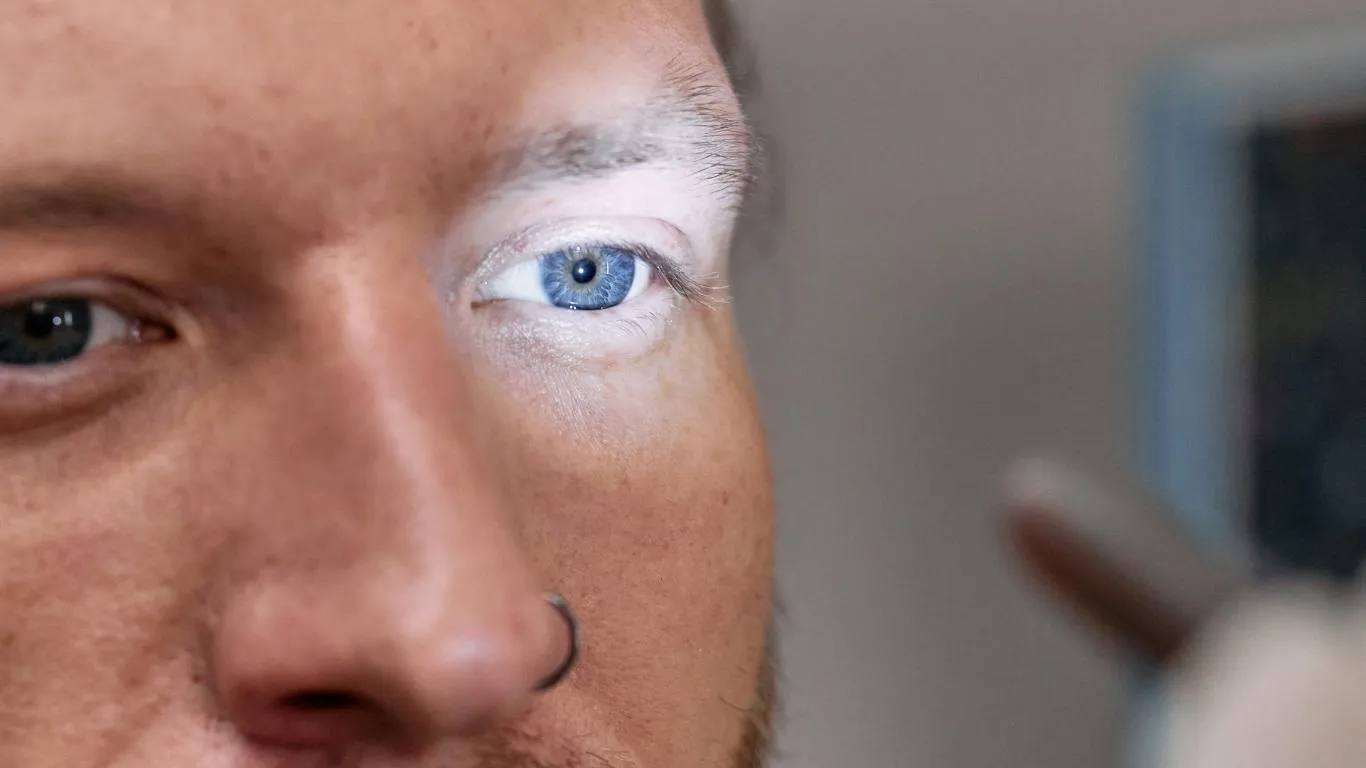
I can’t emphasize this enough: if you ever see a burst of new floaters, flashes of light, or feel like a “curtain” is blocking part of your vision, seek help immediately. It’s the classic presentation of a potential retinal detachment, and catching it early could literally save your eyesight. If you’ve massaged your eyes recently and noticed these changes, don’t brush it off.
There’s a great read on sudden floater increases that dives deeper into warning signs and what they mean.
What Eye Doctors Recommend Instead of Massage
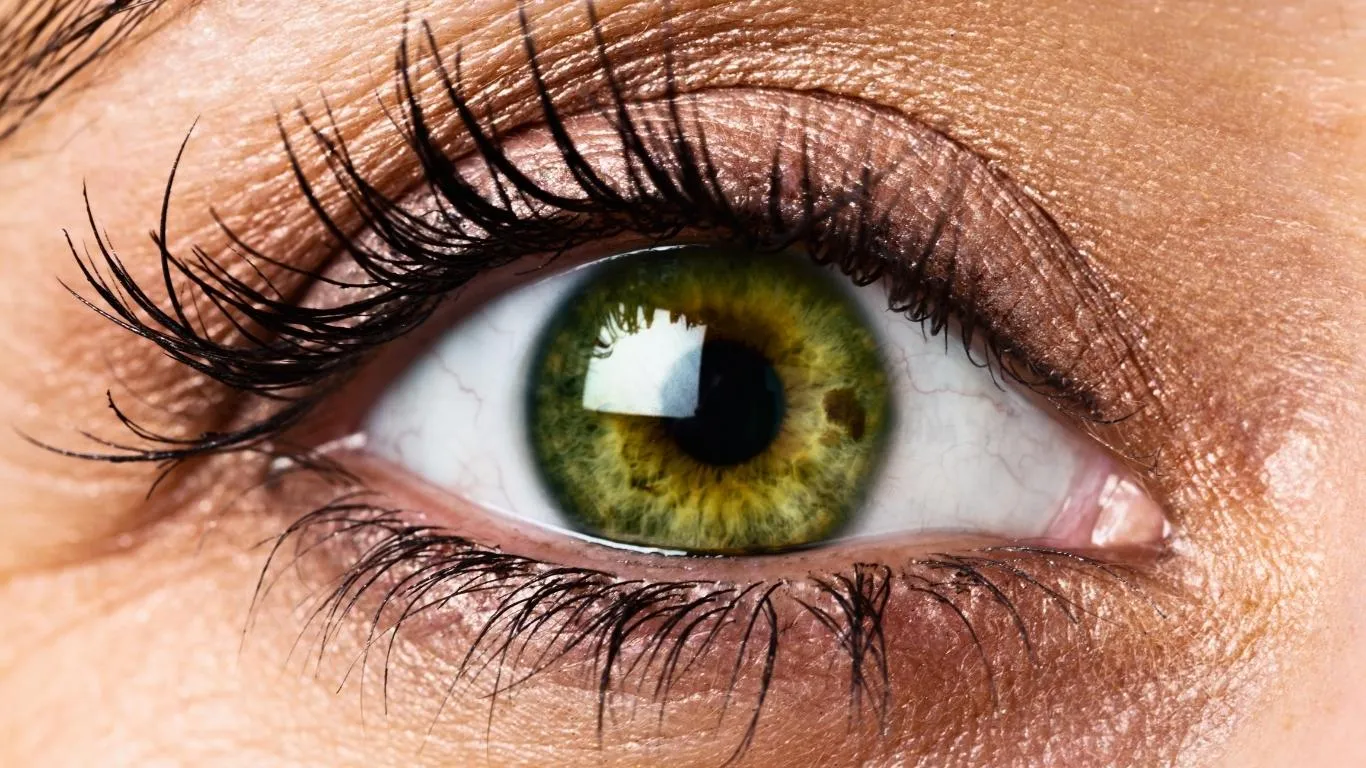
My ophthalmologist gave me a solid list of alternatives to massage for eye relief:
- Cool water splashes: Refreshing and completely safe.
- Lubricating drops: Look for preservative-free brands if your eyes get dry or irritated.
- Blue light glasses: These have helped cut down my screen-related eye fatigue without needing to rub.
- Mindful blinking: Especially helpful if you work in tech or spend long hours staring at monitors.
Simple changes can go a long way. I started incorporating eye breaks every 25–30 minutes and, surprisingly, my floaters didn’t get worse. The key is to protect your eyes from trauma—however minor it seems.
Building Daily Eye Resilience
It’s not about being paranoid—it’s about being smart. Using artificial tears, getting regular sleep, and staying hydrated all build natural eye resilience. Even targeted eye exercises helped me manage fatigue without pressure or rubbing.
What I Wish I Knew Earlier
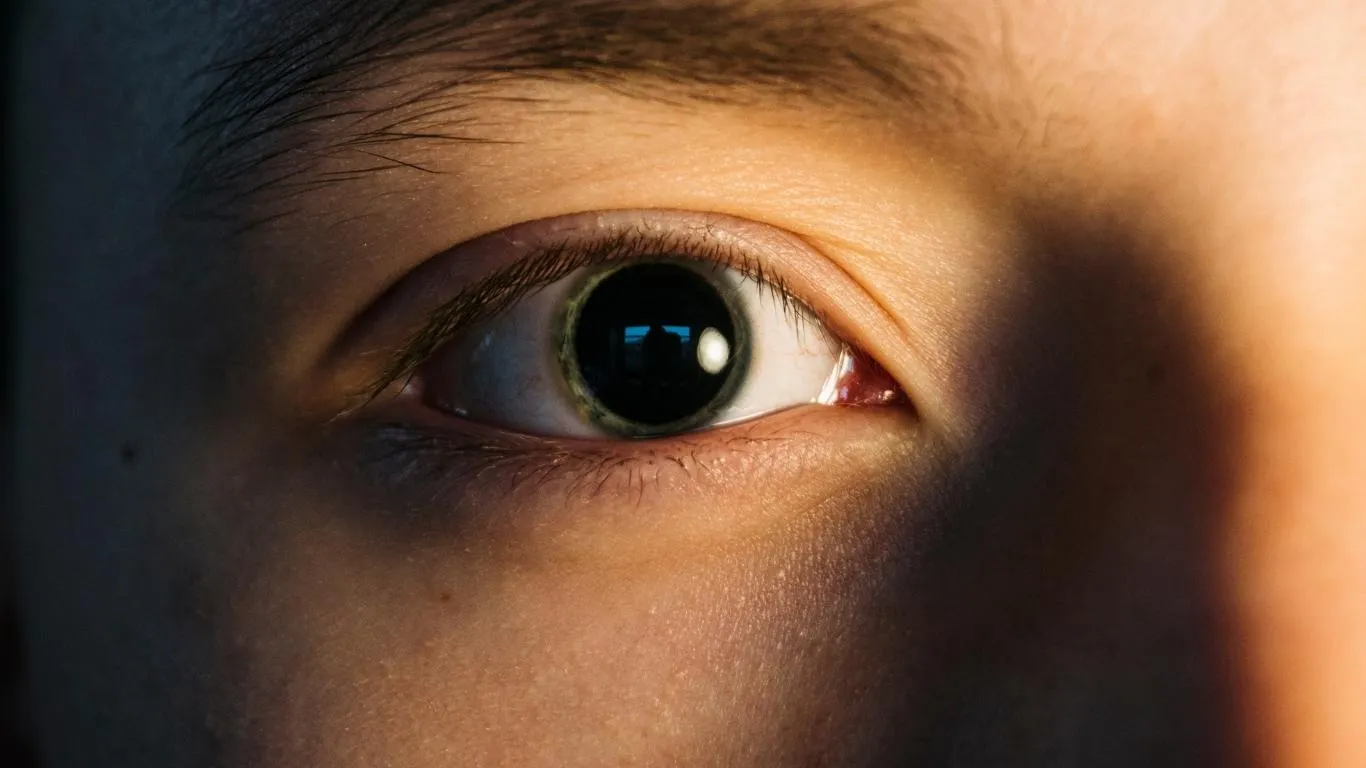
I used to think massaging my eyes was harmless—just something that felt good when I was tired. But if you’ve already got floaters, or are at risk of developing them, even casual pressure on your eyeballs can make things worse. And once they show up, they tend to stay. I genuinely wish I’d known sooner.
So if you’re noticing floaters that worsen after eye massage, don’t ignore it. And don’t panic either—just learn what’s happening, talk to your eye doctor, and explore options that won’t risk your long-term vision.
For a broader look at when eye floaters may indicate more serious underlying issues, take a deep dive into this important guide. And if you’re just getting started understanding the condition as a whole, this comprehensive overview on eye floaters is where I’d recommend beginning.

Camellia Wulansari is a dedicated Medical Assistant at a local clinic and a passionate health writer at Healthusias.com. With years of hands-on experience in patient care and a deep interest in preventive medicine, she bridges the gap between clinical knowledge and accessible health information. Camellia specializes in writing about digestive health, chronic conditions like GERD and hypertension, respiratory issues, and autoimmune diseases, aiming to empower readers with practical, easy-to-understand insights. When she’s not assisting patients or writing, you’ll find her enjoying quiet mornings with coffee and a medical journal in hand—or jamming to her favorite metal band, Lamb of God.
